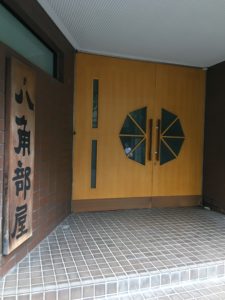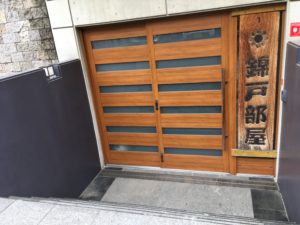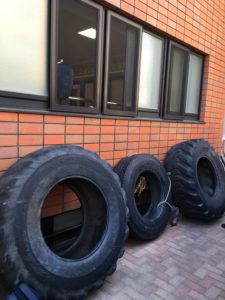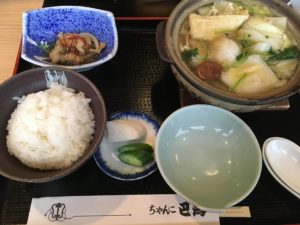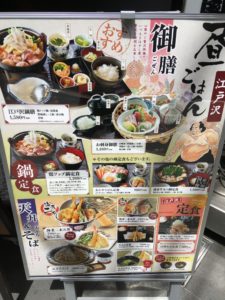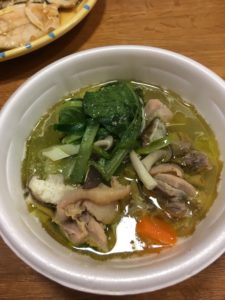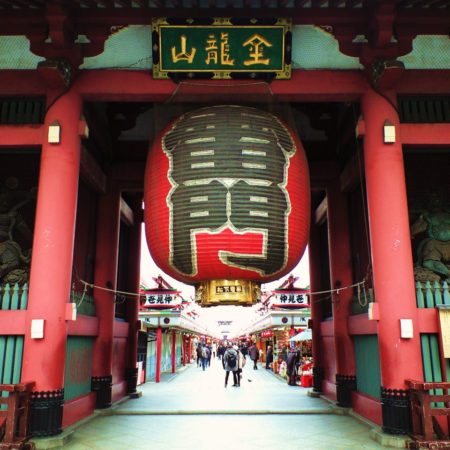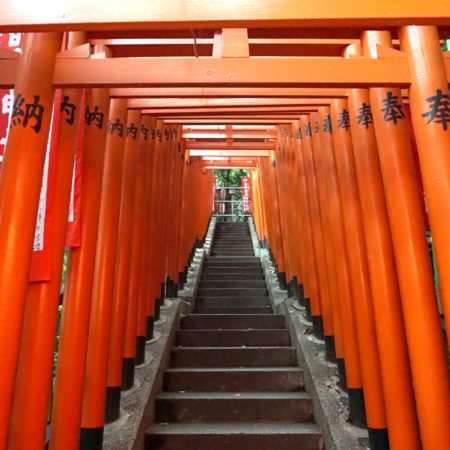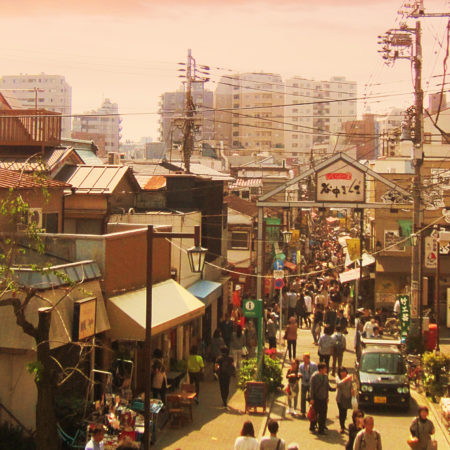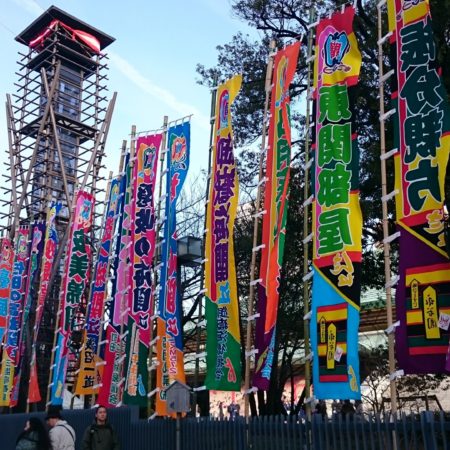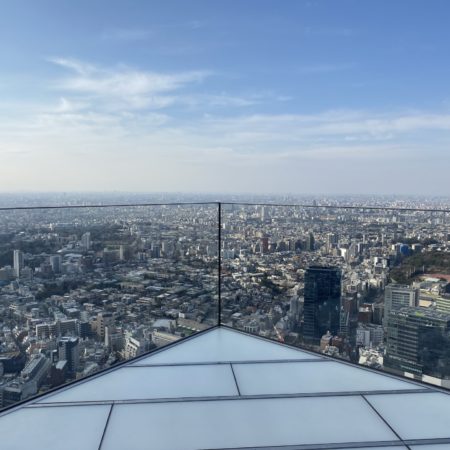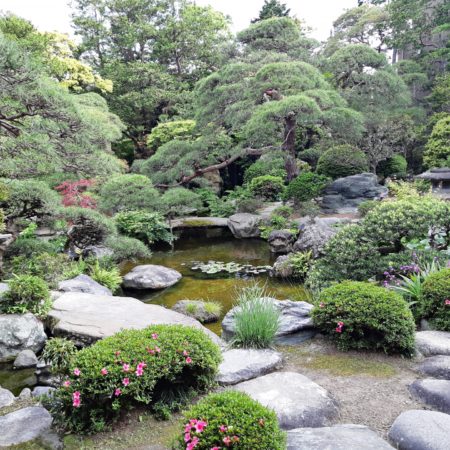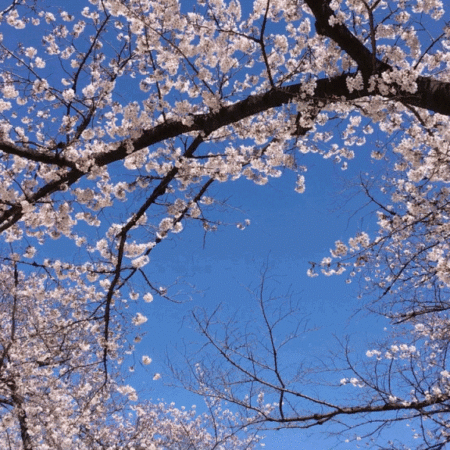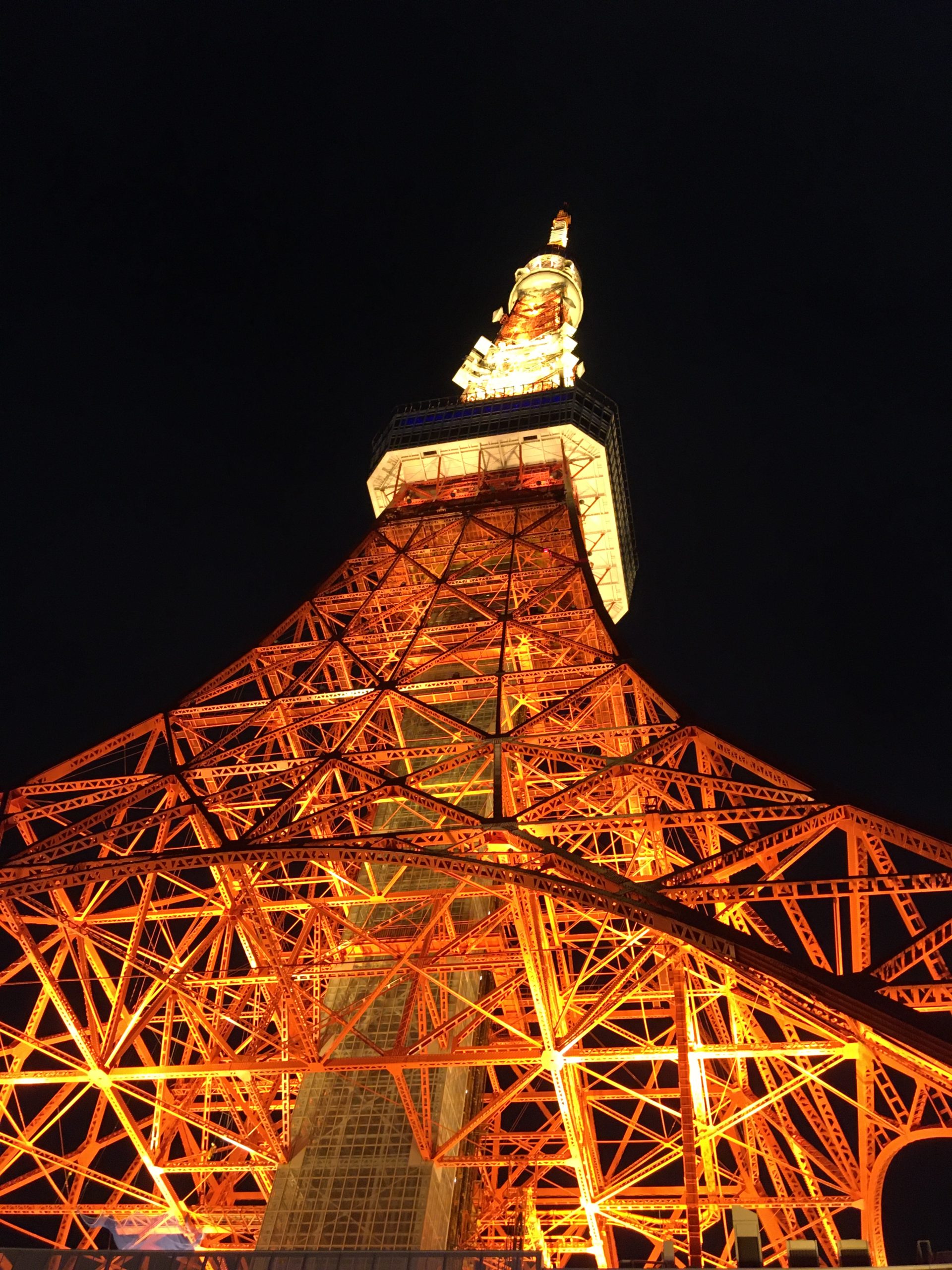The Edo Tokyo Museum
It opened in 1993 in Ryogoku. The purpose is to preserve and hand down the history and culture of Edo and Tokyo, which are being lost over time. It is one of the popular facilities among not only Japanese people of all ages but also international guests. In 2015, the museum was renovated and new exhibitions such as an architecture model of the Edo castle and panels related to the end of the Edo period were installed.
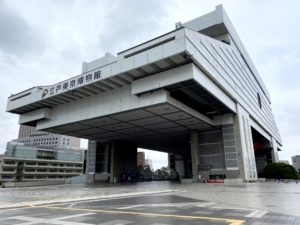
Sumo Museum
It is located in the Ryogoku Kokugikan Sumo Arena. Their collections are based on the materials that were gathered for years by Sakai Tadamasa. He was the first director of the Museum. The purpose is to prevent the loss of precious items for the national sport. The Museum once opened with Kuramae Kokugikan Sumo Arena in 1954 and was moved when the Current Rogoku Kokugikan completed in 1985.
Materials related to Sumo, such as colored woodblock prints, ranking lists of sumo wrestlers, and decorative aprons worn by sumo wrestlers, have been collected, preserved, and exhibited. Since there is only one exhibition room, they have exhibitions six times annually to show materials as different and many as possible. Besides, since Sumo is regarded as a unique Japanese culture, they are researching the history of Sumo, e.t.c.
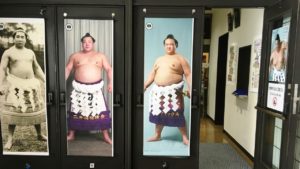
The Japanese Sword Museum
It opened in 1968 to preserve and exhibit Japanese swords and spread Japanese sword culture. It is an affiliated facility of the Society for Preservation of Japanese Art Swords.
The Japanese swords have not only been weapons but also the symbols for religions and authorities in ancient times.
At the same time, people enjoyed appreciating them as beautiful artworks. After the abolition of the swords in the Meiji Period, Japanese swords once terminated their roles. Also, after World War 2, they were regarded as dangerous weapons. Swords were confiscated by the stationed troops and faced in danger of destruction. However, the great efforts of people involved led the establishment of the Society in 1948 for the preservation, appreciation, research, and inheritance of Japanese swords as arts and crafts. Japanese swords are cultural assets that have been promoted into arts and crafts due to the rich sensibility of the Japanese people. They have been carefully preserved for over 1,000 years and have played a historical and cultural role.
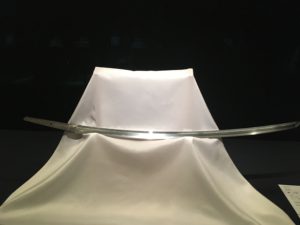
Sumida Hokusai Museum
It opened in 2016 to display the works of Ukiyo-e artist in the later Edo period, Hokusai Katsushika and his family because he was born and lived in Sumida Ward.
Ukiyo-e is one of the genres of traditional Japanese paintings depicting landscapes, people's lives, celebrities, e.t.c. There are mainly two types; Handwriting and Woodblock printing. One of his most famous Ukiyo-e is "Under the Wave off Kanagawa," which is one of the series of "Thirty-six Views of Mount Fuji."
At the permanent exhibition room, Hokusai's life and works are introduced in multiple languages with episodes of Hokusai's masterpieces by high-definition replicas. You can see Hokusai's original works at special exhibitions held under various themes. The four-story museum is a contemporary architecture designed by renowned Japanese architects Sejima Kazuyo, and the building itself is an art. Please don't miss to check the museum shop and the library, where you can find a variety of unique souvenirs and materials related to Ukiyoe and Hokusai.
↓The exterior of the museum.
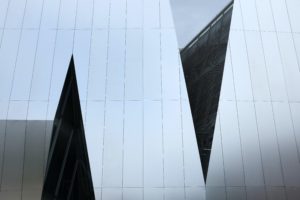
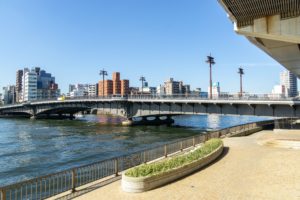
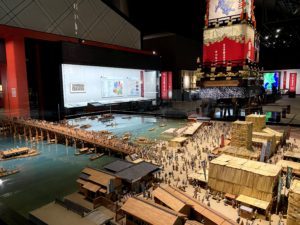




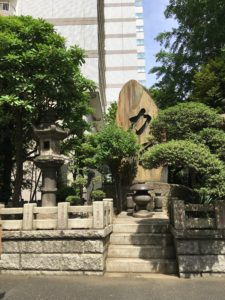
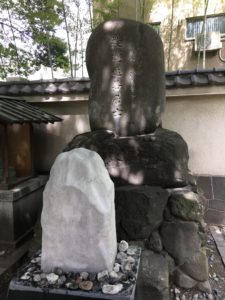 ←A grave of chivalrous robber
←A grave of chivalrous robber